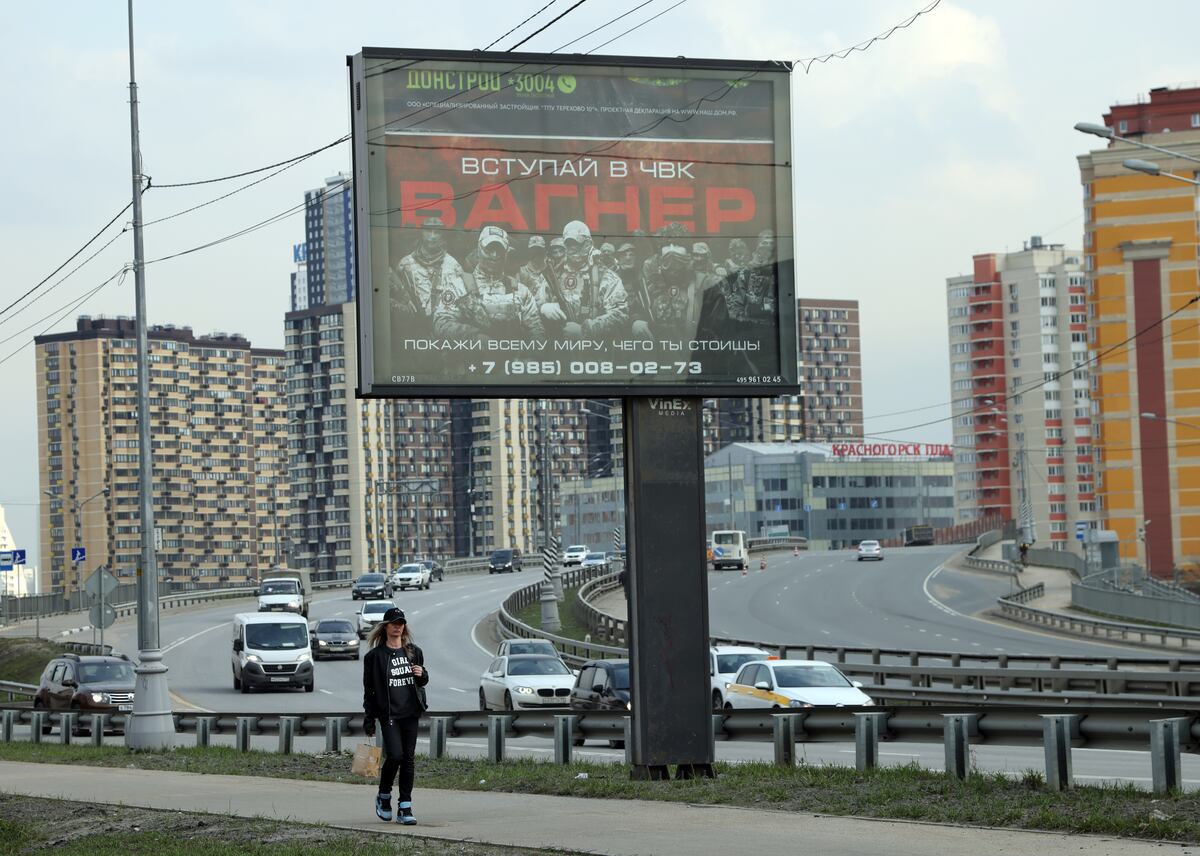There is a great appetite for buying a home in Spain.
So much so that, if you look at the real estate market data, no one would say that the country continues to face a pandemic that is now in its sixth wave and that these days it has a historical record of infected.
In the absence of the INE making the data for the last two months of the year public, everything seems to indicate that the 500,000 sales will be exceeded by far, a figure not seen since 2008.
The buying euphoria has settled in the market, where the temperature has risen significantly although, for the moment, there are no signs of fever. "The reactivation of consumption after the confinement, with a demand dammed with new needs, together with a better savings rate of families and good financing conditions have caused a year-on-year increase of almost 40% in housing transactions registered during the first ten months of 2021, and almost 10% compared to the same period in 2019 ″, according to José Luis Bellosta, president of Solvia.
Brand new homes gained prominence. Until October, the sale of new construction increased 39% year-on-year and second-hand transactions grew 35%. Most of these acquisitions were for their own use and focused on the search for homes with larger surfaces, something "that had slowed down during the central quarters of 2021 and returned in the last quarter of the year," says Tinsa in his statistics. from their appraisals. Although operations were also closed by savers, attracted by high inflation (in December it stood at 6.7%) and the rebound in rental profitability. In the second quarter of 2021, the profitability of housing (rent plus price variation) stood at 7% per year, compared to 5.2% in 2020, according to the Bank of Spain.Proof of the growing interest of investors, who usually buy with their own resources, is that the mortgage firm until October totaled more than 348,376, while in that same period 467,509 houses were bought (more than 119,000 properties changed hands without financing).
The historically low interest rates and the fear of a possible rise were the great accelerators of home purchases in 2021, although the truth is that no changes are expected in this regard, at least this year. These low financing costs kept the effort rate below the historical average (at 30% of the gross annual salary, compared to the historical 34%), according to Bankinter.
And while sales soared at double-digit rates, prices were trying to hold back. The price of new and used housing increased by 4.3% on average in 2021, with important differences between territories, according to Tinsa. The bulk of the communities registered average price increases between 2% and 6%, with the Basque Country (9.4%), the Balearic Islands (9.3%) and Galicia (6.8%) leading the way. If only new construction is taken care of, the price grew by 3.1% in 2021, to 2,551 euros per square meter, according to the trend report from the Appraisal Society.
Citizens will continue to buy houses in 2022, although it is believed that in a more moderate way.
The Idealista portal estimates that sales "possibly remain above 550,000 units."
In percentage terms, José Luis Bellosta speaks of growth of between 5% and 10%.
And if there is a certainty for 2022, it is that prices will rise again, although - as usual - there is no consensus among experts on the amount.
Bankinter maintains a 2% increase, Solvia speaks of 3%, Caixabank contemplates a 4% increase and the forecasts of the Spanish Association for Value Analysis point to an increase of 5% in new housing and 6% in used houses .
Danger of inflation
However, whether the market does better or worse, that it sells more or less, that it builds more or less and that it becomes more or less expensive will depend on different factors. The sector faces risks such as high inflation and, above all, the danger that it is structural and not transitory, something that can erode consumer confidence in the recovery and their purchasing power, which would slow down demand. "It would mean a reduction in the saving capacity of Spaniards, as well as a lower financing capacity, both due to a lack of savings and due to facing the installments with a reasonable indebtedness," Idealista points out in a note.
There are more risks and uncertainties. "The sharp rise in prices of most construction materials and supply problems will cause prices to rise in the real estate sector, in general, and in housing in particular," explains José María Basañez, president of Tecnitasa. In fact, Basañez, who also chairs the Professional Association of Valuation Companies (Atasa), reports on promotions that are experiencing delays in their calendars. If this is extended, it would cause "a large increase in costs, a temporary decrease in supply and the consequent rise in sales prices."
To all this is added a fiscal panorama characterized by increases in taxes linked to the real estate sector: modification of the capital gains tax and entry into force from the first day of January of the new reference value of the cadastre, which will be the taxable base of the transfer tax. patrimonial (ITP), inheritance and donations and the wealth tax.
Regarding the rental market, forecasts point to a turning point this year, with a recovery in demand and prices, which fell 4.5% in 2021. First, in large cities;
then in the rest of the country.
The president of Tecnitasa considers that rents will rise in a proportion "similar or even higher" than sales prices.
It should not be forgotten that in 2021 the market had more supply - it became more than double in the main markets due to the arrival of tourist homes, student flats ... - and prices fell sharply, "up to 15% in cities like Madrid or Barcelona ”, they say in Fotocasa. The pandemic punctured the rental bubble, which "since 2015 has registered an increase of 41%," they point out on the portal.
Although the landscape is changing. The
stock
has decreased since last summer and this reduction is what "causes prices to slowly tighten up," they say in Idealista. If the offer continues to decrease throughout the year, prices will begin to grow gradually, they believe in the portal. Up to a 5% rise in rents for 2022 is forecast by the Rental Negotiating Agency (ANA), although at this point there is no agreement between analysts either.
The rental market will introduce new rules of the game with the entry into force, during the second semester, of the housing law, which limits rental prices and imposes a surcharge on empty flats.
Even so, the price controls will not be in force until the end of 2023 or the beginning of 2024. Bankinter considers that the legislative changes related to the rental activity “will have a geographically limited practical application that will not substantially alter the current status quo, except as such. time in very specific locations ”.

/cloudfront-eu-central-1.images.arcpublishing.com/prisa/2MFFJQYAVVHDJHB22WMMXSUNZY.jpg)







